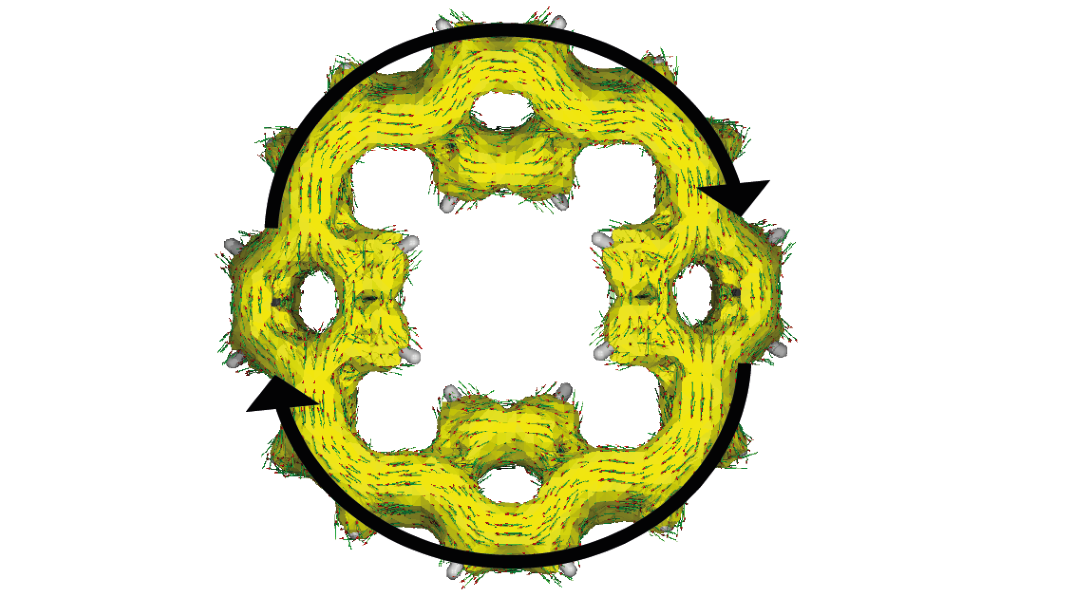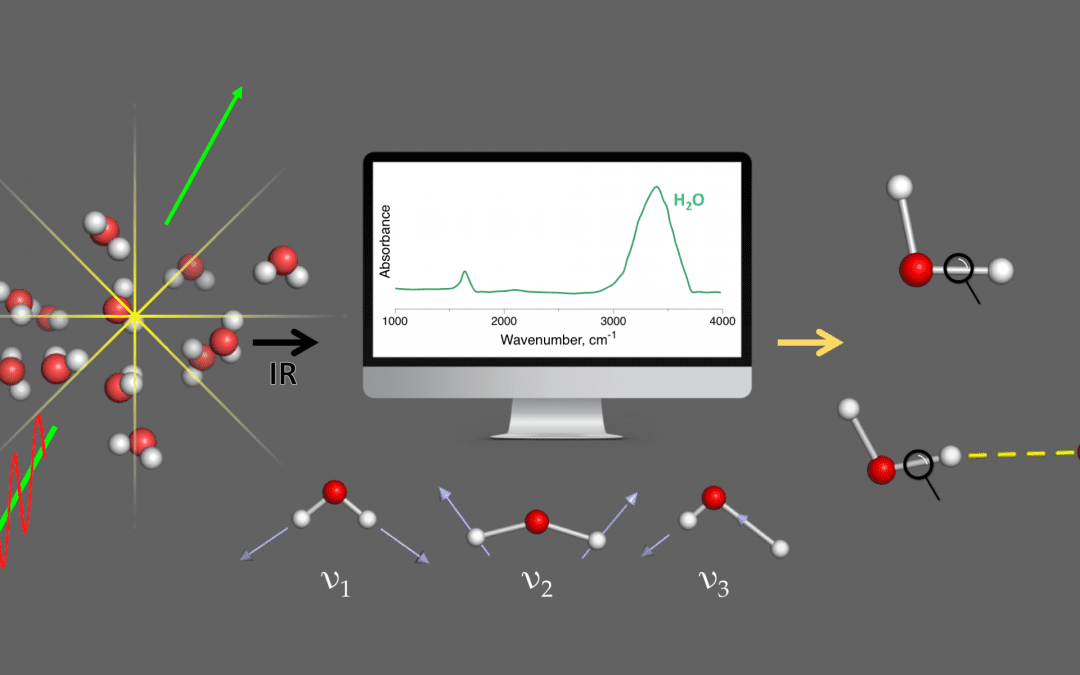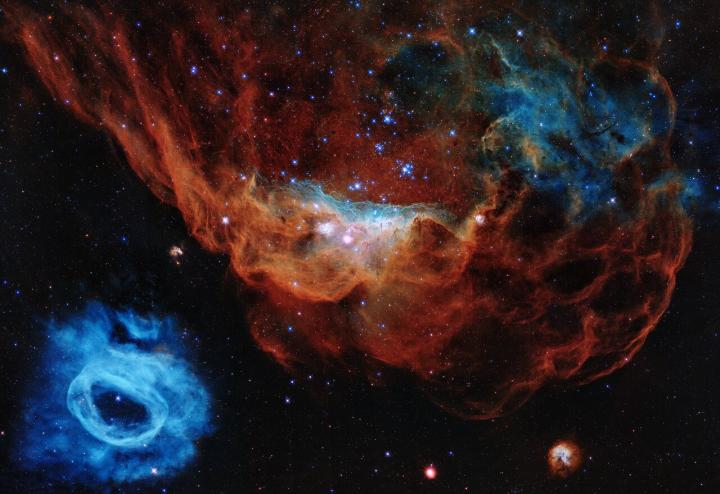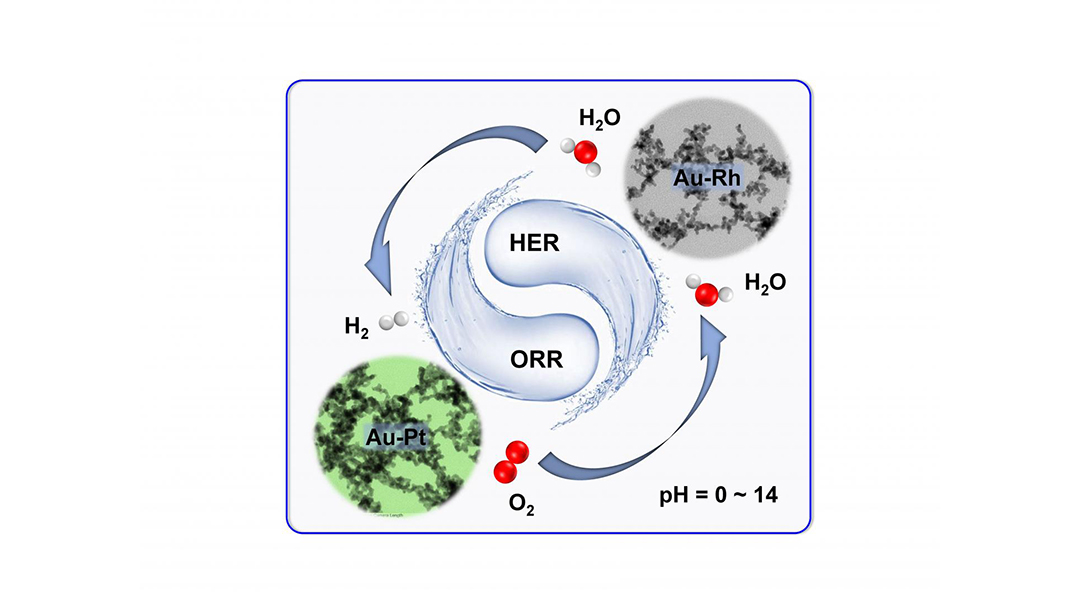Researchers have created a fast-charging battery prototype that uses sodium instead of lithium, and macrocycles to store the chemical energy.


Researchers have created a fast-charging battery prototype that uses sodium instead of lithium, and macrocycles to store the chemical energy.

The local vibrational mode theory has raised vibrational spectroscopy to a new level.

Cutting-edge fluorine-19 imaging of inflammation extends the frontiers of MRI.

Jan Coenen is one of the leading scientists when it comes to materials in fusion reactors. We caught up with him to pick his brain about the viability of fusion reactors and his research in the area.

This year marks the 30th anniversary of the Hubble Space Telescope, which has opened a new eye onto the cosmos and has been transformative for our civilization.

A new salting-agent facilitates the synthesis of new nobel metal aerogels for enhanced electrocatalysts.

Researchers look at how industries and governments can work together to bring down carbon emissions.

The stuff of stars: The remarkable contributions of Cecilia Payne-Gaposchkin

Researchers have developed a new method for creating chains of molecular rings with unparalleled sophistication.

A new catalyst optimization technique could improve the efficiency of piezophototronic materials.